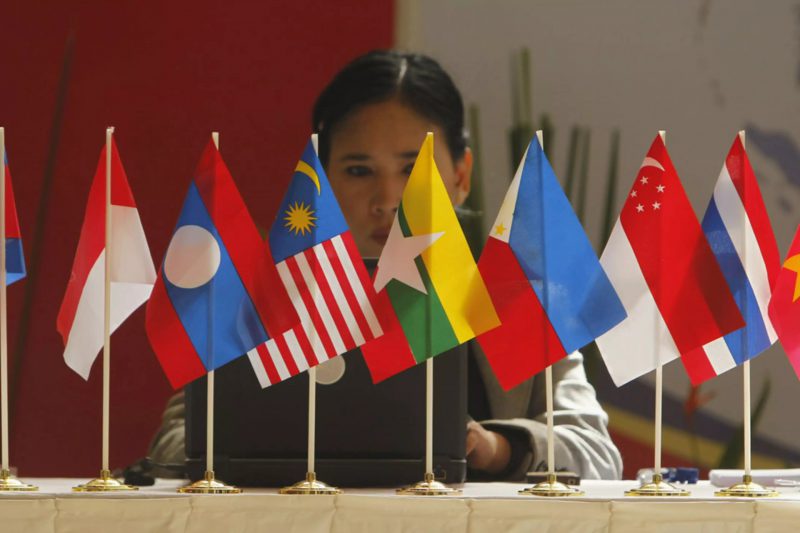The BRICS alliance is giving hope to developing countries that want to break away from the clutches of the US dollar. Emerging economies are facing challenges from carrying the burden of the US dollar on their backs.
The latest report shows that around 40 countries are interested in joining the BRICS alliance in 2024. All these nations are emerging economies and hail from Asia, Africa, and South America. Read here to know how many sectors in the US will be affected if BRICS ditches the dollar for trade.
Also Read: BRICS: Purchasing Power of the US Dollar Could Fall From 3% to Zero
BRICS: 40 Countries Desire to Escape From the US Dollar Dominance


The 40 countries share a common desire, that is to escape from the dominance of the US dollar. The development indicates that several nations are disinterested in hoarding the US dollar or settling trade with it.
Also Read: BRICS Currency: 40% Could Be Tied to Gold, 60% in Local Currencies
The developing countries want to use local currencies for trade to strengthen their native economies. The US dollar is hindering their growth potential, therefore, BRICS seems attractive as it pushes the de-dollarization ahead.
“The one policy issue that unites the nine current members of BRICS and the up to 40 additional members of BRICS is a common desire to escape the U.S. dollar dominance,” said David Lubin, a Senior Researcher at the Global Economy and Finance Programme at Chatham House.
Also Read: 23 Countries Officially Apply To Join BRICS Alliance
Another analyst explained that developing countries could prefer the Chinese yuan over other currencies in the global markets. Therefore, BRICS member China could gain the most out of the de-dollarization agenda.
“I don’t see currencies of smaller economies like the dirham as being able to gain global scale over time because the trade volume is not really there, that’s where the renminbi (yuan) carries more potential,” said Charles Chang, Greater China Country Lead for Corporates at S&P Global Ratings. This gives BRICS member China an added advantage against the US dollar.





